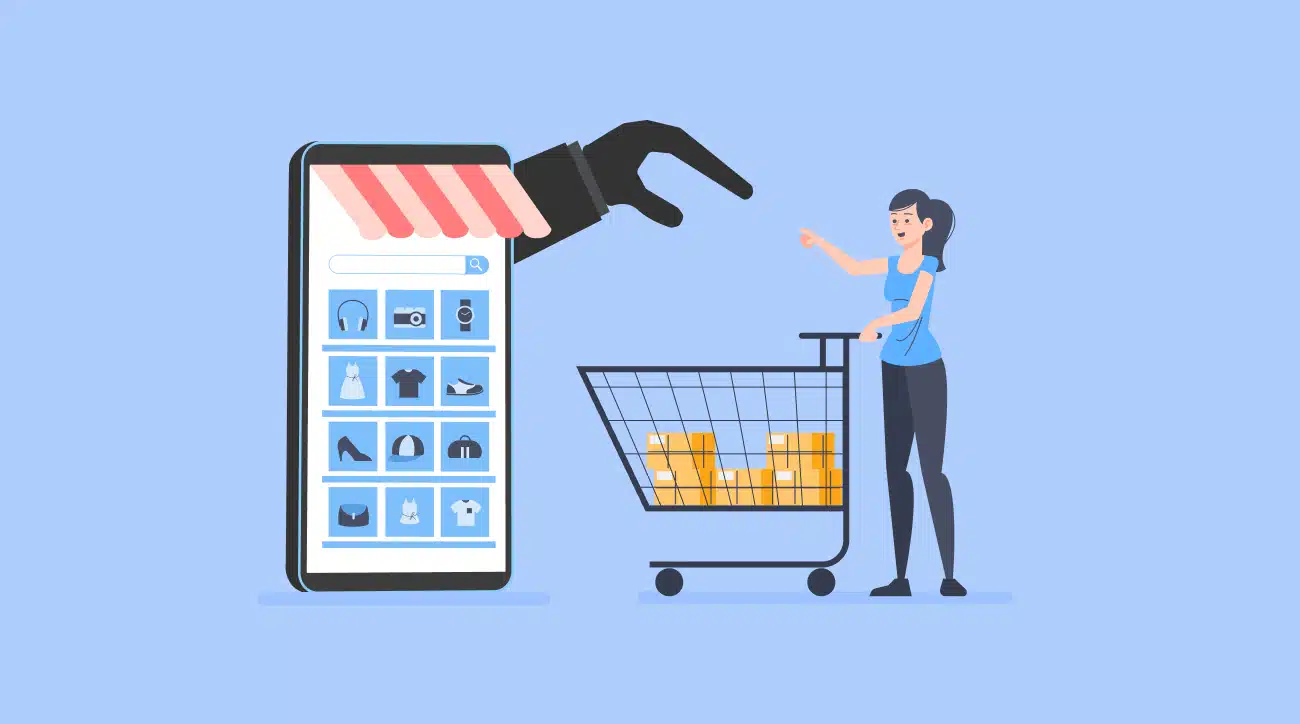Dark patterns have been defined as any practices or deceptive design patterns using UI/UX (user interface/user experience) interactions on any platform; designed to mislead or trick users to do something they originally did not intend or want to do; by subverting or impairing the consumer autonomy, decision making or choice; amounting to misleading advertisement or unfair trade practice or violation of consumer rights. Under the Guidelines, following Dark patterns have been specified:
i. “False Urgency” means falsely stating or implying the sense of urgency or scarcity so as to mislead a user into making an immediate purchase or take an immediate action, which may lead to a purchase
ii. “Basket sneaking” means inclusion of additional items such as products, services, payments to charity/donation at the time of checkout from a platform, without the consent of the user, such that the total amount payable by the user is more than the amount payable for the product(s) and/or service(s) chosen by the user
iii. “Confirm shaming” means using a phrase, video, audio or any other means to create a sense of fear or shame or ridicule or guilt in the mind of the user, so as to nudge the user to act in a certain way that results in the user purchasing a product or service from the platform or continuing a subscription of a service.
iv. “Forced action” shall mean forcing a user into taking an action that would require the user to buy any additional good(s) or subscribe or sign up for an unrelated service, in order to buy or subscribe to the product/service originally intended by the user
v. “Subscription trap” means the process of making cancellation of a paid subscription impossible or a complex and lengthy process including similar other practices
vi. “Interface interference” means a design element that manipulates the user interface in ways that (a) highlights certain specific information; and (b) obscures other relevant information relative to the other information; to misdirect a user from taking an action desired by her.
vii. “Bait and switch” means the practice of advertising a particular outcome based on the user’s action but deceptively serving an alternate outcome.
viii. “Drip pricing” means a practice whereby-elements of prices are not revealed upfront or are revealed surreptitiously within the user experience; and/or other such practices
ix. “Disguised advertisement” means a practice of posing, masking advertisements as other types of content such as user generated content or new articles or false advertisements.
x. “Nagging” shall mean a dark pattern due to which users face an overload of requests, information, options, or interruptions; unrelated to the intended purchase of goods or services, which disrupts the intended transaction7.
(i) Dark Patterns are designed to subvert or impair user autonomy, decision-making or choice.
(ii) Dark Patterns can lead to unintended purchases, addiction and overuse and privacy violations.
Deceptive patterns in online advertising mislead consumers, ruin their online experience, and erode trust in brands and advertising. It is unfair trade practice. One of the rights of the consumer is the right to be informed about the quality, quantity, potency, purity, standard and price of goods, products or services, as the case may be.
